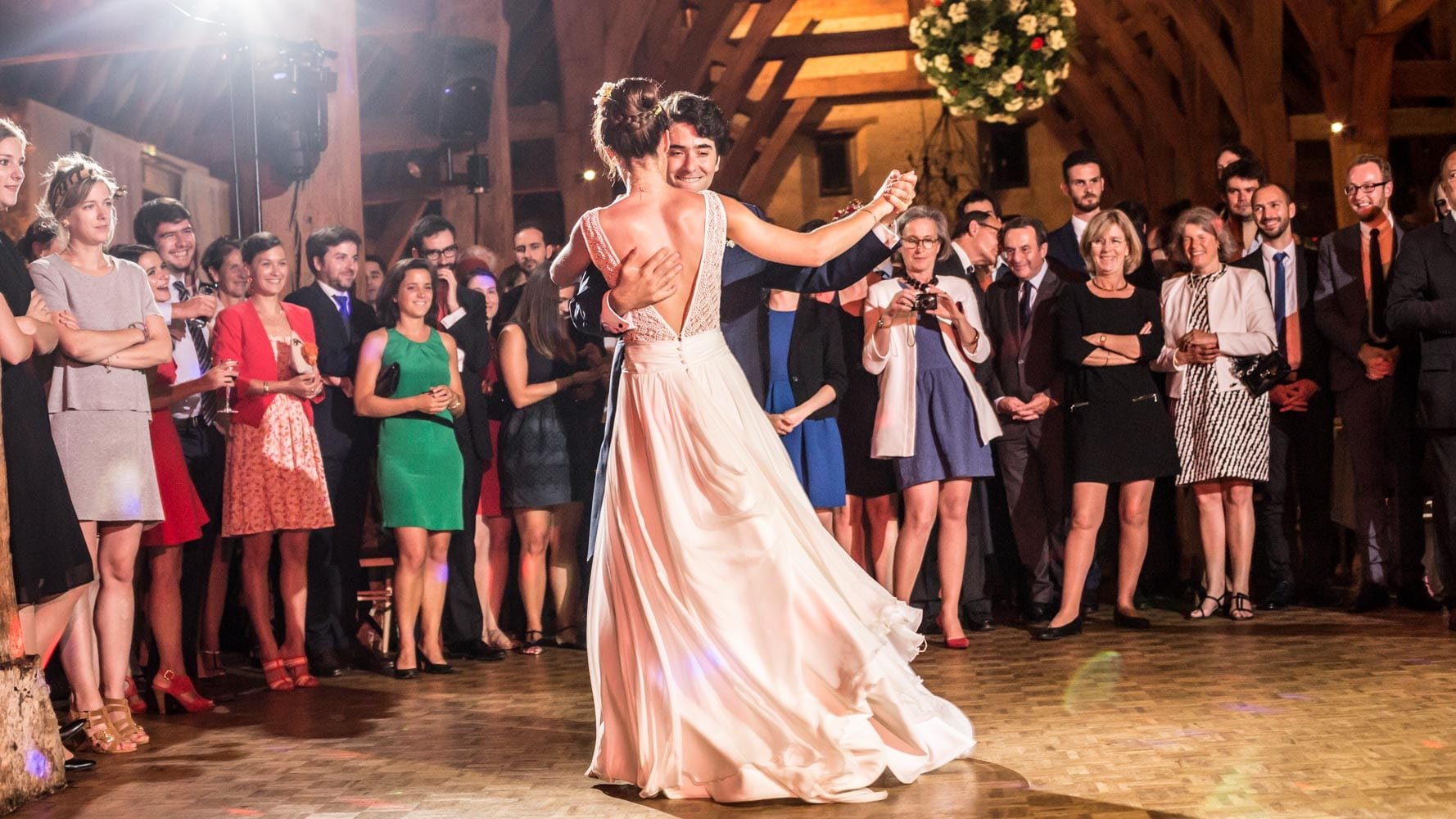
My Retouching Process: How I Edit Your Wedding Photos for a Natural, Timeless Look
I give each photo I deliver special attention to ensure optimal quality and to enhance its beauty.
Table of Contents
Why is retouching important and not just a small “detail”?
Retouching is a big part of my job (even if smartphone apps make it seem like a quick and easy task). For a full day of shooting, post-production can take nearly a week—and that’s just for the editing part!
Retouching a photo is very subjective and can completely change the feel of an image. Ask two photographers to retouch the same picture, and you’ll get two very different results.

What kind of retouching?
I do color and quality enhancement retouching. That includes adjusting exposure, contrast, highlights, and shadows. I fine-tune the white balance and skin tones. I also work on image clarity, improve sharpness, reduce noise, and correct chromatic aberrations and optical distortions. I’ll also crop the frame if needed.
Sometimes I’ll “paint” parts of the image lighter or darker to draw the eye to key areas. I may also remove distractions in the background.
I always aim for a natural result. For me, the best retouching is the kind you don’t notice.
For me, the best retouching is the kind you don’t notice.
Side by Side comparisons


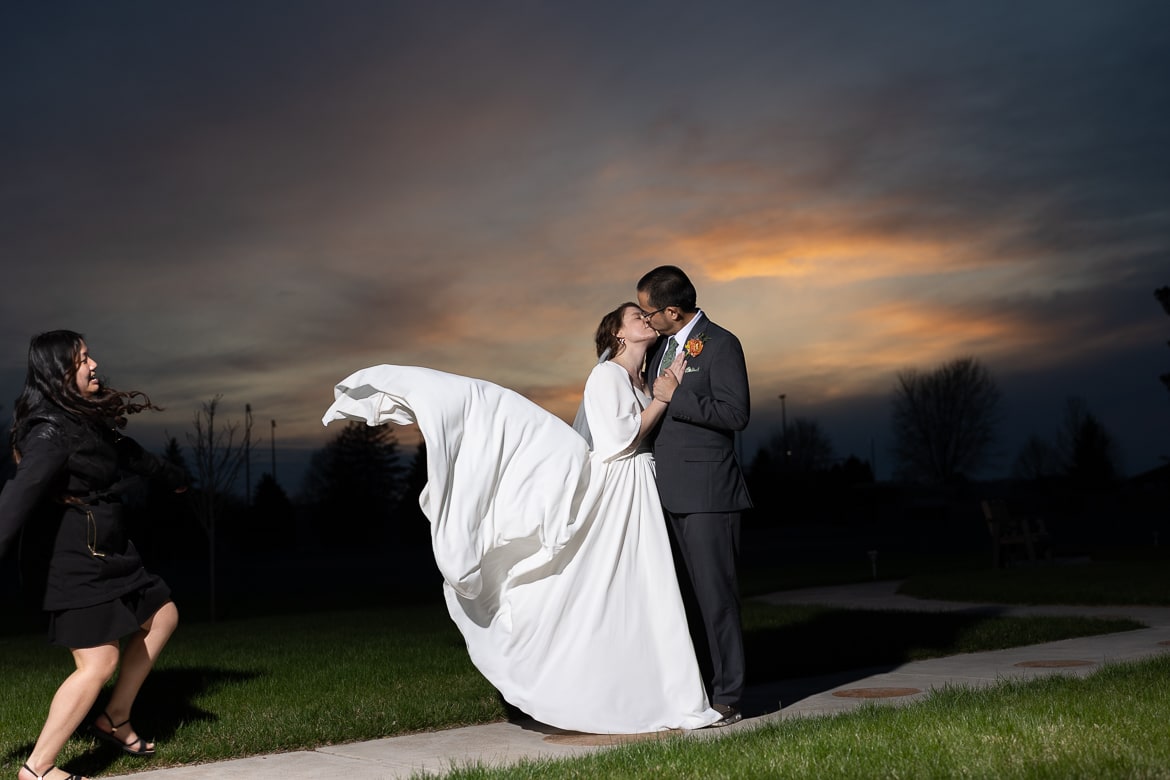
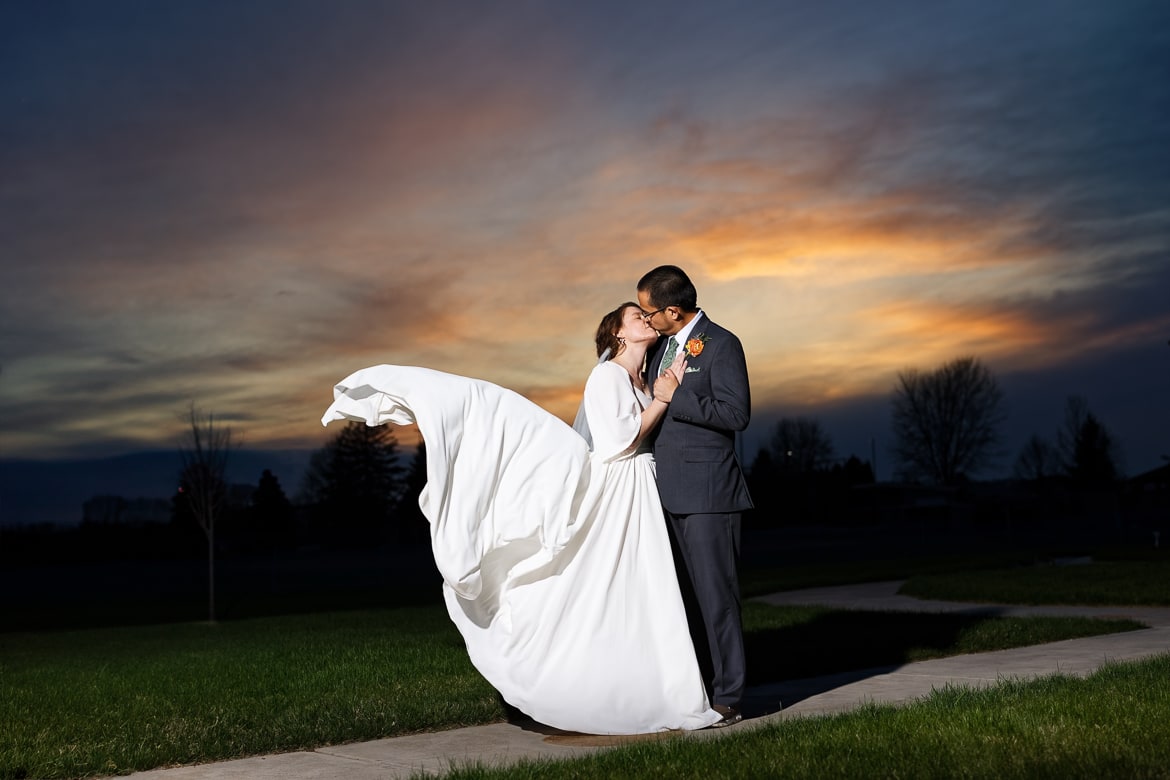
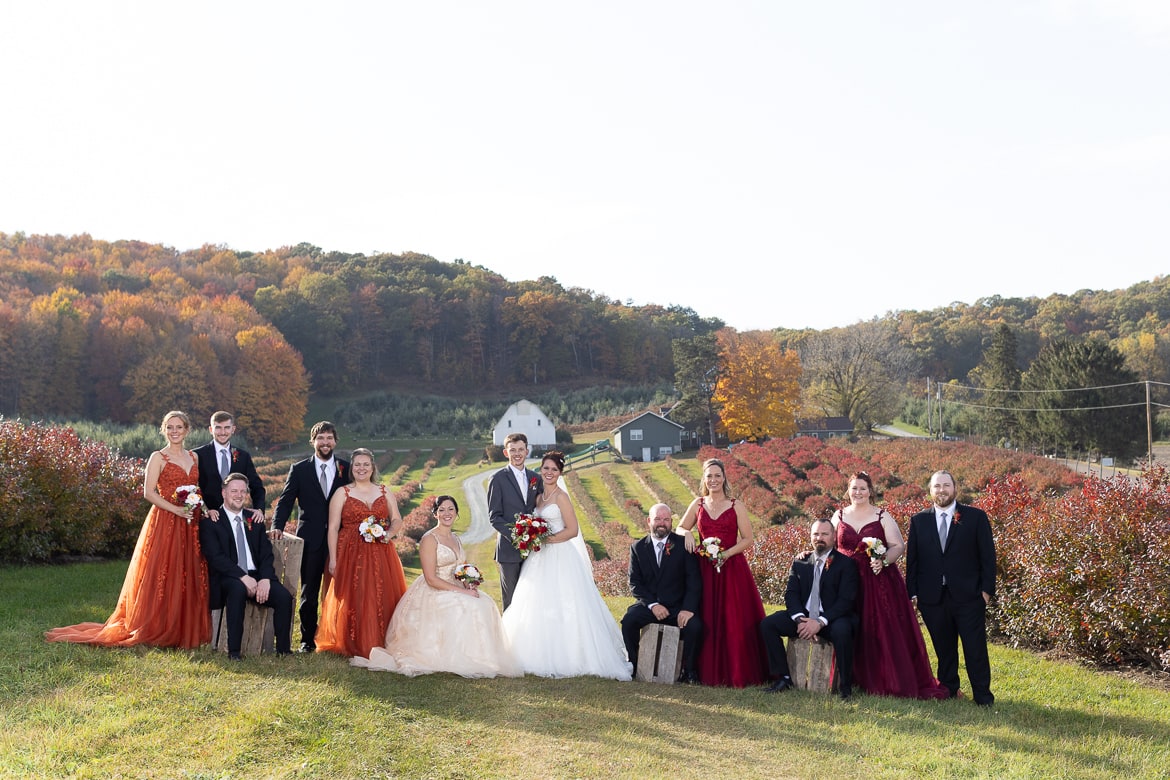
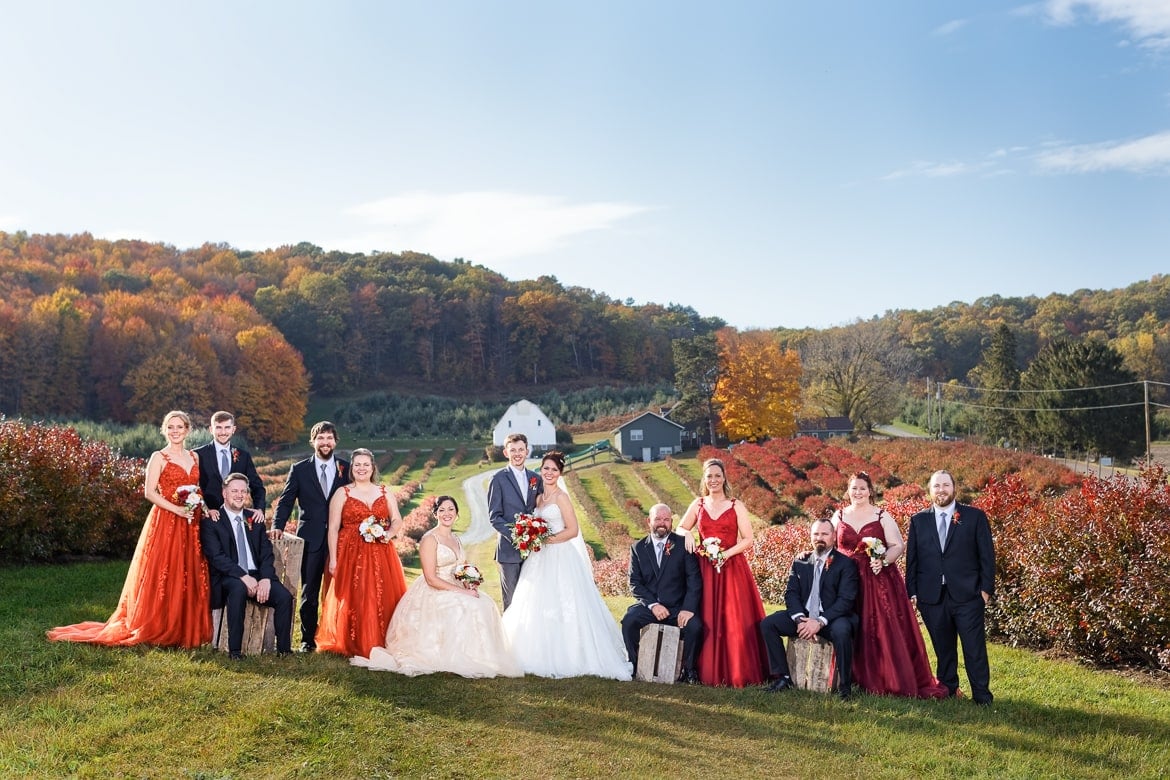
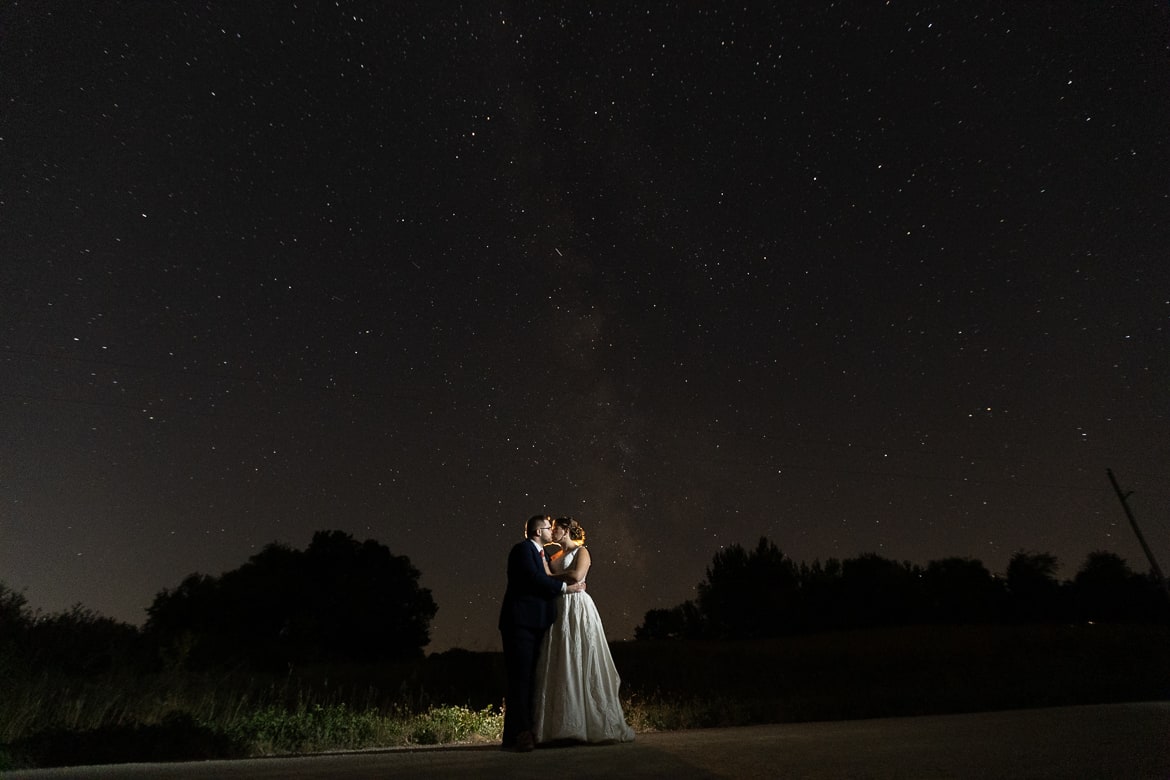
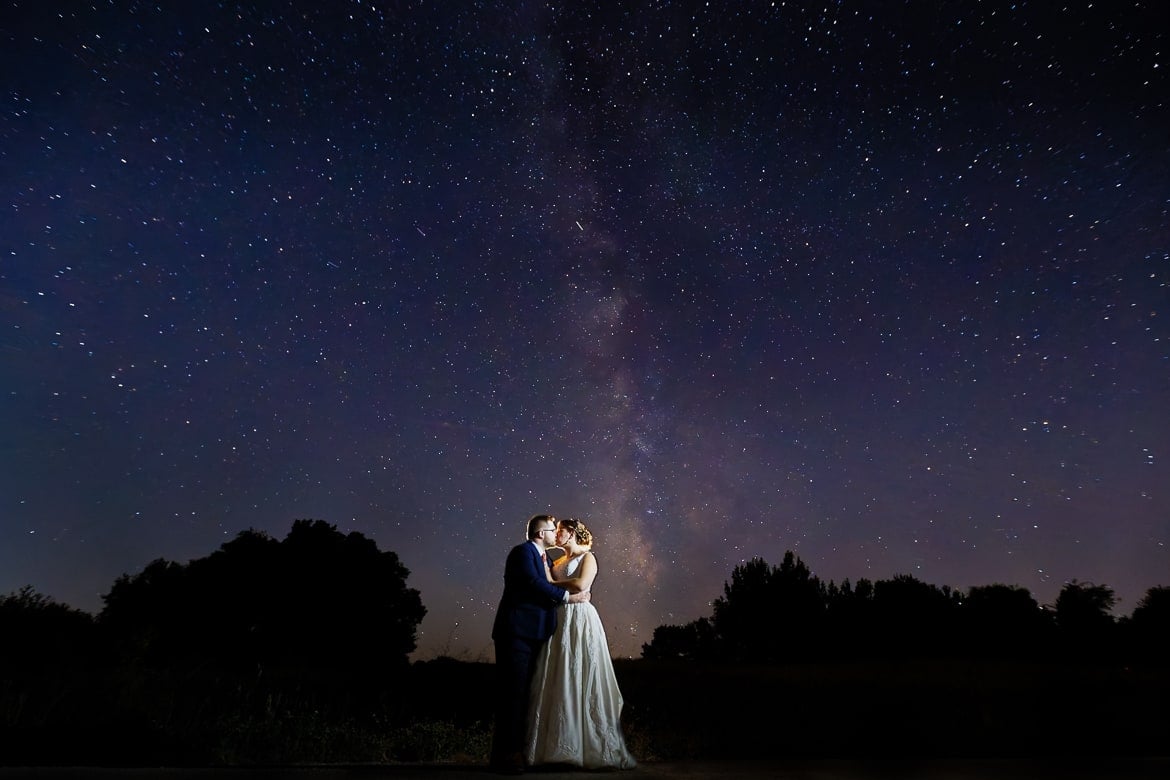




The Kind of retouching I don’t do
I don’t do fake HDR

If I use the entire dynamic of the camera sensor, and therefore use the High Dynamic Range, I don’t create HDR images where everything looks fake.
A lot of photographers push the sliders too far and create those weird effects. It might look pleasant for some people. But I don’t.
I don’t overapply blur on the skin to the point that it looks fake
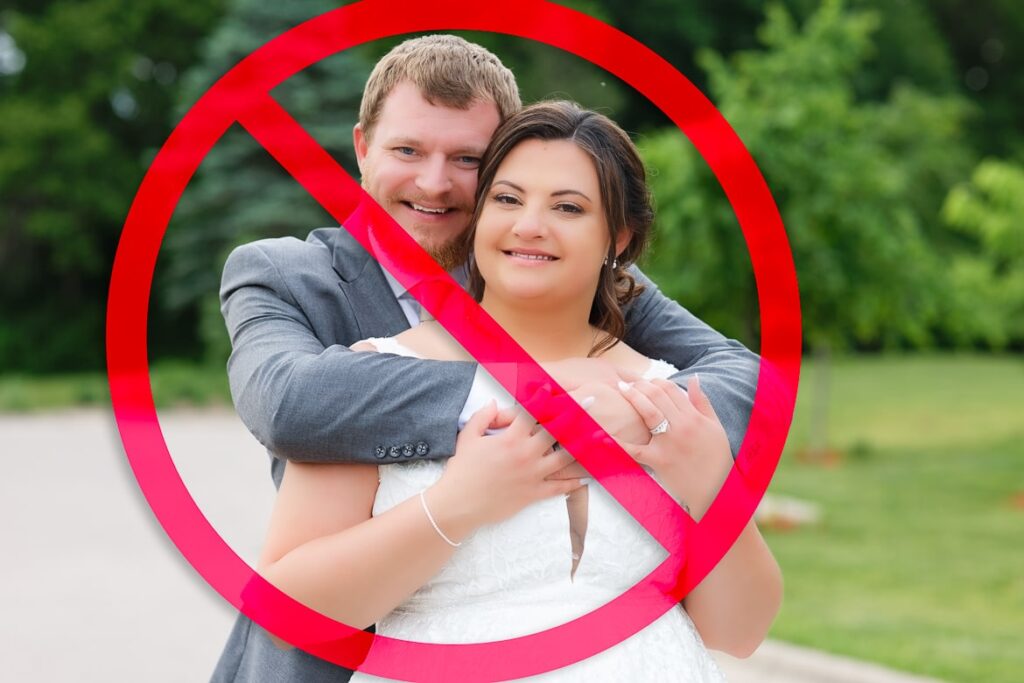
I don’t do beauty retouching. While common in advertising, beauty retouching makes people look so perfect it becomes unnatural.
It involves changing skin texture, making people look taller, slimmer, etc. I don’t do that.
I don’t use adjustment filters.

Filters (which are preset adjustments applied to an image) were popularized by Instagram. Basically, you apply a filter to a photo and—magic—it looks good!
Today, many software tools offer the option to apply preset filters to images. These give a distinct look to the photo and, let’s be honest, they’re often quite appealing.
But filters are trends, and trends don’t last.
I believe wedding photography should be timeless. That’s why I’ve carefully studied filters and use adjustment settings with parsimony—just enough to enhance the image, without making it look unnatural. The goal is to improve the photo, not distort it, so it remains timeless.
FAQ
Do you do all the retouching yourself, or do you outsource it?
In recent years, many companies have started offering cheap post-production services to photographers (thanks to Lightroom CC and optical fiber). I took some time to look into these services, and—no surprise—cheap prices mean poor results.
So, no, I do every retouching job myself to ensure the highest quality.
When I take a picture, I already know how I’ll edit it. Sometimes I even purposely use a “wrong” camera setting, knowing it will give me exactly what I need later during the editing process.
Do you use automatic editing?
I never use automatic adjustments—never!
Nowadays, you can use software like Lightroom to auto-edit all your photos. The results might be okay, but never outstanding. These algorithms work based on statistics; they don’t understand artistic intention. They don’t recognize when a photographer purposely creates a very light or dark image. They’d ruin my photos.
That’s why I edit each photo by hand, one by one, for the best possible result.

Can you make my eyes lighter, my smile whiter, and my skin perfect, and make me look slimmer?
Technically, yes, I could—but that’s not my style. I don’t like fake faces that look like plastic dolls. I don’t like over-saturated colors, fake blue skies, or HDR effects.
I enhance photos by making your eyes just a bit brighter, skin a little smoother—but I don’t make major changes. I don’t do digital plastic surgery.
So basically, the answer is no.
